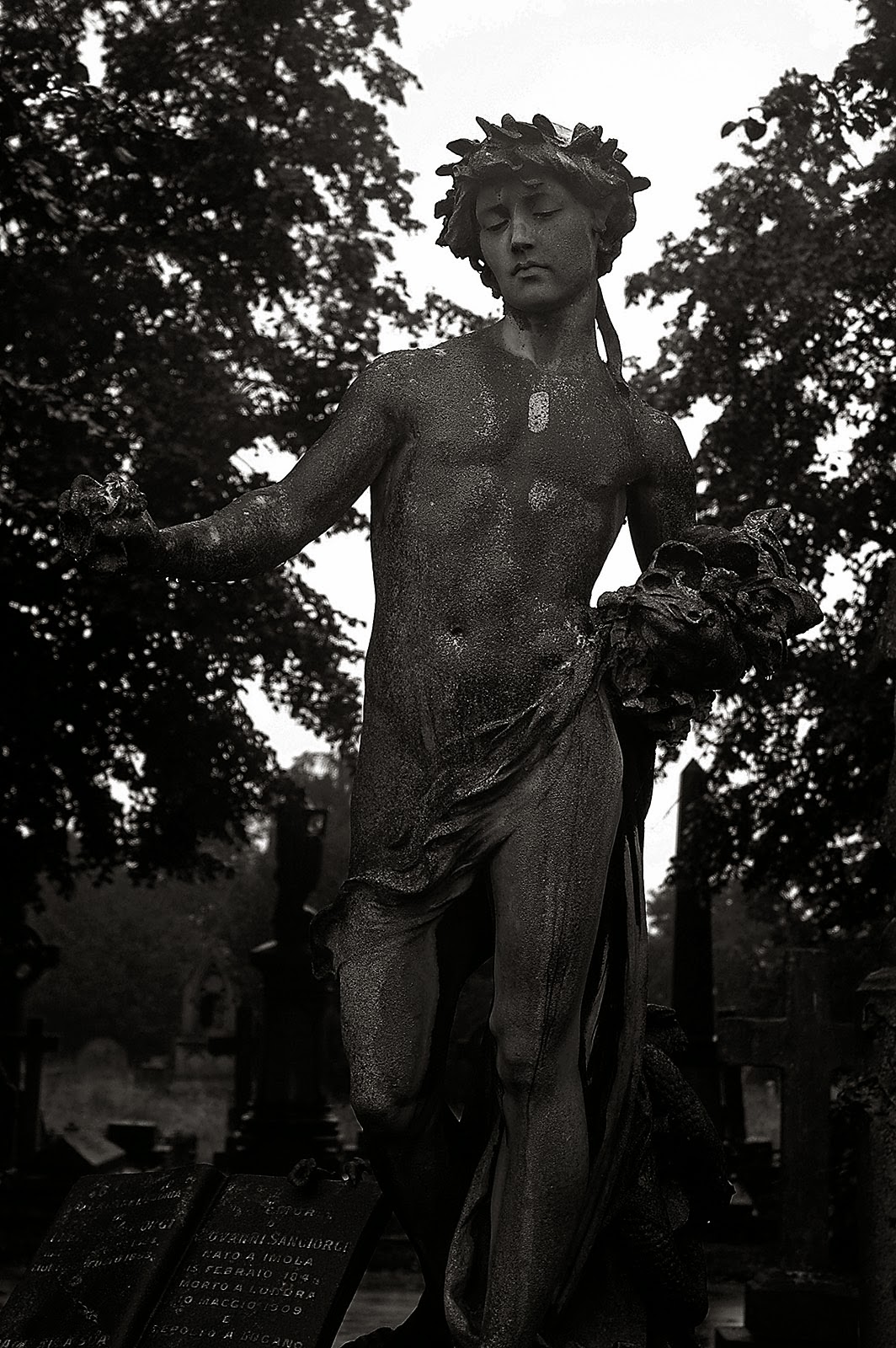Sid:
Before we go any further, I think that some explanation of the
Campbell-Plested Agreement of 1984 (or thereabouts) is in order.
Colin and I first met in 1983 at Ryerson Polytechnical Institute (now University) in Toronto. To be more specific, we first met while waiting to get into a lecture hall on the fourth floor of the Film and Photography Building - for our first
History of Film class, perhaps? Or was it the technical class taught by Emil Kolompar? Regardless, I'd been attacked by a rabid fanboy because of a
Cerebus the Aardvark button I was wearing, and we shared a moment of eye-rolling commiseration over this fellow's over-enthusiasm.
Although we quickly became friends, we actually didn't share all that many classes together during our four years in the Film and Photography program, which is odd considering that we were in the same major for the last two years. For the first two years, we were in different sections (groups of students), and therein lies the telling of the tale.

Among other arcane and obsolete skills that we learned during our time at Ryerson (like developing film and making prints with an enlarger, both lost arts) we were instructed in the use of the large format view camera.
For those of you unfamiliar with view cameras, it's basically a set of bellows with a ground glass focusing screen/film holder at one end and a lens holder at the other. This arrangement allows for adjustment of the angle and alignment of both the lens and the film in order to achieve whatever sort of depth of field is most appropriate to the photographer's needs. These cameras came in 4x5 and 8x10 inch format - perhaps 11x14 as well, although that was less common.
To use a view camera, the photographer would set up a tripod, mount the camera on top, and then drape a black cloth over their head and the ground glass in order to focus the image, a complex task given all the possible adjustments of the two elements.
Personally, I was a terrible view camera operator, I greatly preferred the convenience of hand-held 35mm, but Colin was far more involved in large format, and I believe that even before coming to Ryerson he had done some 4x5 work with a small wooden view camera that he had built from a kit.
During the architectural portion of the Still Photography class, students went out to photograph whatever portion of Toronto that caught their eye. The assignment was not restricted to the area around the school, but given the cumbersome weight of the equipment - well, let's just say that there was an inverse square relationship between the distance from the school and the amount of photography that took place. In fact, the two or three blocks closest to the school may well be the most photographed portion of Canada, Niagara Falls included.
At this point, I will let Colin continue the story.
Colin here.
So in the course of our courses we were given a number of photographic assignments with said large format cameras, some in house (in the school, still lifes and such) and some out house (er, possibly not the best use of language there) and so, as Sid has said, we often wandered the neighbourhood of the school prowling for subjects, and ones that stayed put because of the length of time required to set up the camera.
One afternoon I set out, spider over my shoulder (tripod), carrying the box which contained the view camera and various film holders and other paraphernalia of the arcane art, filters, draping cloth, brushes, all that kind of stuff. If I had to give a name to this moment it would have been 'awkward and heavy'.
I don't even remember how it was that I found myself shadowed by another student, similarly equipped. I had certainly met him before at school, shared some classes, and didn't think anything of his joining me, just another loaded down photography student seeking company, and so we wandered north from the school.
I found what I thought was an interesting subject behind one of the old Eaton's buildings (now converted to stores and condos), a metal tube sculpture which I believe was called (if the memory server is working correctly) 'The Sonic Corridor'. I set up the tripod and started to unpack.
Note: I actually looked around to see if I still had a copy of the photograph to add here but I think I must have purged it a number of years ago.
Meanwhile back at the camera, to my great annoyance, (and I actually believe it was after I had taken the shot and moved the camera) this other git set up his gear
in the same spot I had just vacated, and made his exposures.
I think I took that as a cue and just wandered off at that point. He never caught me up, ever, after that. I don't think I ever shared more than a couple words with him from that time.
And he wasn't the only person to try to pull that stunt.
So later on, possibly over a beer, this event was related to Sid and we both agreed that it was, number one, annoying to the nth degree and, number the second, we promised not to do same with each other, thus the pact was formed.
What the practicality of the agreement is is that when we photograph in an area at the same time (as in but not limited to cemeteries) we don't dog each others footsteps.
Oh, I think the class we were waiting for that first day was Sue Dickenson's 'History of Photography' lecture.


















































